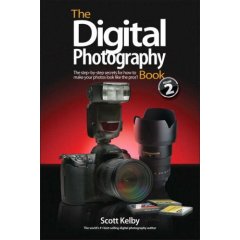Have you ever wanted to split the output from your garageband tracks into different channels? It turns out that whilst you can bring multiple inputs into garageband and record each to a separate track as you are composing, so you can output these tracks when you play back.
The secret lies in using a decent external sound card and plug it in to your USB port. As an example, I recently bought an Edirol UA-101 device off eBay (they are a bit like hen’s teeth though) and wanted to use it on the community radio station as part of an outside broadcast solution. These wonderful little boxes allow you to set your mac playback through to USB and then collect it and split to different channels. The UA-101 has ten such (or five stereo) which is more than enough for what I needed.
Just connecting it to the mac and it is identified as a valid sound device – go into your Settings/Audio and set it to be the playback device. In Garageband preferences, make sure that it is being used there too, and you can then allocate a channel per track so that on playback you can send each track out. From the UA-101 you then connect the output to a mixer and you can then manually fade in each track from Garageband exactly as you want it. This avoids having to adjust the audio levels in garageband all the time (something I find great fun, but a little clunky), and you can then send your mixer output off to be recorded at the levels you create with the mixer. Genius!
Obviously, there are later models than the UA-101 that you can use – Saffire, Roland Octa to name a few. These are more and more frequently using Firewire over USB, and that’s not a bad thing in general – but I kind of like the way the USB interface works. Oh, the Octa is around £450 new, but the UA-101, if you can find one second hand, will be about half of that or less…
 I have just bought Scott Kelby’s recent book
I have just bought Scott Kelby’s recent book